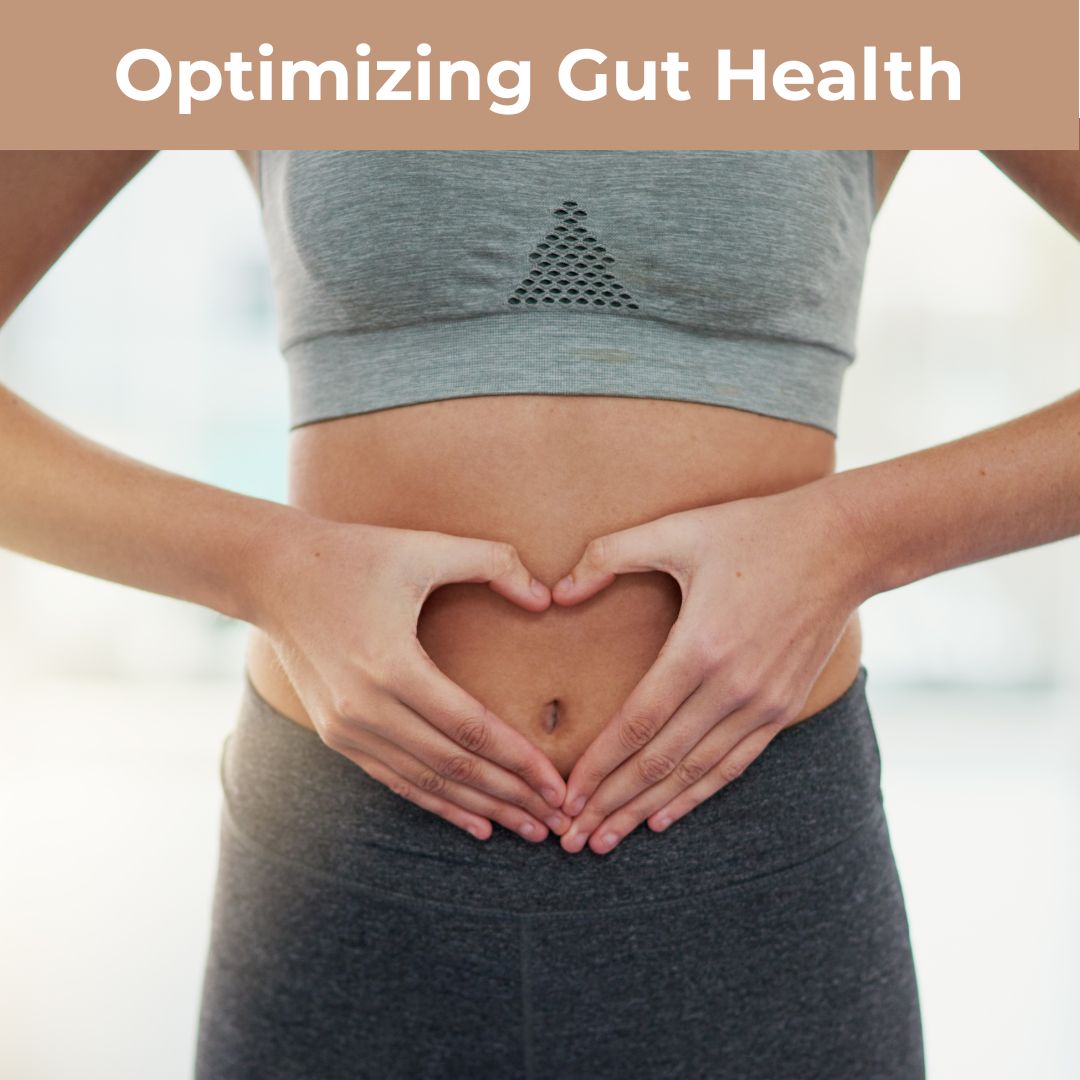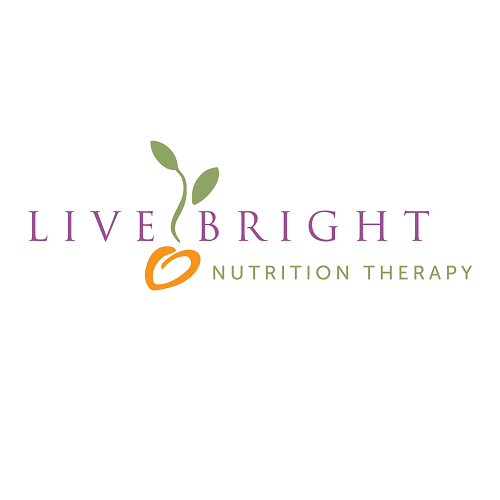
Optimizing Gut Health and Why It Matters
By now, you probably know that gut health plays a central role in overall wellness. But do you really know what’s involved in maintaining a healthy gut —and why it matters so much?
Your digestive system is more than just your stomach. It’s a complex network of organs that starts at the mouth and ends with elimination. In between, it involves the esophagus, stomach, small intestine, pancreas, liver, gallbladder, and large intestine. When all of these organs—and the trillions of microorganisms that live along the GI tract —are functioning well together, digestion feels effortless, and your body thrives.
Gut health is essential for more than just digestion. It supports nutrient absorption, protects your body from harmful microbes, regulates inflammation, and even helps with hormone balance and detoxification. it’s tied to the health of your brain, skin, joints, immune system, lungs, and more. When your gut is thriving, your whole body benefits.
Have We Forgotten What “Normal” Digestion Feels Like?
In the U.S., digestive discomfort has become so common that many people assume it’s just a normal part of life—or something that inevitably gets worse with age. But that’s a myth.
Optimal digestion means:
- You’re not overeating to feel satisfied.
- You don’t experience heartburn, bloating, or cramping.
- You’re not overly gassy or uncomfortable after eating.
- You have 1–3 bowel movements daily that are pain-free and easy to pass.
This is how the body is designed to function—and it’s possible at any age with the right support.
Common Signs of Poor Gut Function
When digestion is working well, we don’t think about it. But when something is off, the body sends clear (and often uncomfortable) signals. Here are the most common symptoms people experience when their gut health is out of balance:
- Indigestion: Discomfort or burning in the upper abdomen, often with nausea, burping, bloating, or reflux.
- Bloating: A feeling of fullness or distension anywhere in the digestive tract, sometimes painful.
- Gas: A natural byproduct of digestion, but excessive or foul-smelling gas often signals an imbalance in the gut microbiome.
- Diarrhea: Loose or watery stools occurring more often than usual. Often triggered by poor digestion or microbial imbalances.
- Constipation: Infrequent or difficult-to-pass bowel movements, often paired with a sense of heaviness or bloating.
How Digestion Should Work
Digestion is a top-to-bottom process that begins in the mouth and ends with elimination, typically 18–24 hours later. Here’s a simplified look at what’s supposed to happen at each stage:
- Mouth: Chewing breaks food down mechanically, while enzymes in saliva begin the digestion of carbohydrates.
- Stomach: Stomach acid breaks down proteins, helps absorb vitamin B12, and signals other digestive organs to activate. It also kills pathogens.
- Small Intestine: Digestive enzymes and bile continue breaking food down. Nutrients are absorbed through the intestinal lining via villi and microvilli.
- Large Intestine: Water is reabsorbed and remaining material is formed into stool. This is also home to the microbiome—trillions of microorganisms that support immune, neurological, and metabolic health.
When this system is functioning properly, digestion feels smooth and energy levels, mood, skin, and immunity all benefit.
What Can Go Wrong
Unfortunately, many factors can interfere with healthy digestion. Here’s a breakdown of the most common dysfunctions:
- Low stomach acid (hypochlorhydria) impairs protein breakdown and nutrient absorption, reduces digestive signaling, and increases the risk of infections.
- Imbalanced microbiome (dysbiosis) occurs when beneficial bacteria are crowded out by harmful or opportunistic microbes, often due to antibiotics, stress, poor diet, or alcohol.
- Small Intestine Bacterial Overgrowth (SIBO) causes gas, bloating, and bowel irregularity as bacteria migrate upward into the small intestine and ferment undigested food.
- Intestinal permeability (“leaky gut”) happens when the gut lining is damaged, allowing food particles and toxins to enter the bloodstream and trigger inflammation.
- Food sensitivities (especially to gluten, dairy, soy, etc.) can inflame the gut lining and disrupt digestion.
- H. pylori infection alters stomach pH and can contribute to reflux, indigestion, and nutrient malabsorption.
These dysfunctions often overlap and contribute to systemic symptoms like brain fog, mood disorders, skin issues, joint pain, and autoimmune conditions.
How You Can Support Gut Health
Restoring and maintaining digestive health involves more than just eliminating symptoms. It requires daily habits that support the whole digestive process from top to bottom. Here’s where to start:
1. Practice Good Eating Hygiene
- Slow down and chew thoroughly.
- Avoid eating on the go, while stressed, or in front of screens.
- Take a few deep breaths before meals to activate the parasympathetic (“rest and digest”) state.
2. Watch Portion Sizes
Overeating burdens digestion. Use smaller plates, eat mindfully, and stop when you’re about 80% full.
3. Stay Hydrated
Water supports motility and nutrient absorption. Aim for half your body weight in ounces daily (adjust as needed for activity or heat).
4. Eat Plenty of Fiber
Fiber feeds beneficial gut bacteria and promotes healthy elimination. The best sources are vegetables, fruits, legumes, whole grains, nuts and seeds.
5. Minimize Foods That Feed Harmful Microbes
Pathogenic bacteria and yeast thrive on sugar, refined carbs, alcohol, and ultra-processed foods. Limit these to prevent overgrowths and inflammation.
6. Include Probiotic Foods
These provide beneficial bacteria to support your microbiome. Examples include yogurt with live cultures, kefir, sauerkraut, kimchi, miso, tempeh, and kombucha.
7. Include Prebiotic Foods
Prebiotics are fibers that feed your good bacteria. Common examples are garlic, onions, leeks, asparagus, bananas, Jerusalem artichokes, dandelion greens, and oats.
8. Eat Gut-Healing Foods
Gut-healing foods help soothe and restore the gut lining. The most common example is bone broth, but other examples are aloe vera juice and slippery elm tea.
9. Support the Liver
The liver plays a crucial role in producing bile for fat digestion and clearing toxins. Liver-supporting foods like beets, cruciferous vegetables (like broccoli and Brussels sprouts), leafy greens, lemons, garlic, onions, turmeric, and artichokes all support the liver’s detoxing ability.
10. Manage Stress
Chronic stress disrupts digestion and gut barrier function. Adding a daily activity that calms the nervous system goes a long way toward activating our parasympathetic nervous system – breathwork, gentle movement, journaling, time in nature, creative hobbies, various therapies.
11. Get Restorative Sleep
Sleep is when the gut repairs itself and the migrating motor complex (MMC) sweeps residual food through the intestines. Aim for 7–9 hours per night.
12. Incorporate Mindfulness Practices
Mind-body practices can support gut-brain communication and lower inflammation. This is key for activating the parasympathetic nervous system. Some options are meditation, yoga, tai chi, and gratitude journaling.
The Live Bright Approach to Gut Health
At Live Bright Nutrition, we specialize in personalized digestive health support. Whether you’re dealing with bloating, IBS, food sensitivities, or simply want to optimize your gut, we take a holistic, root-cause approach to healing.

